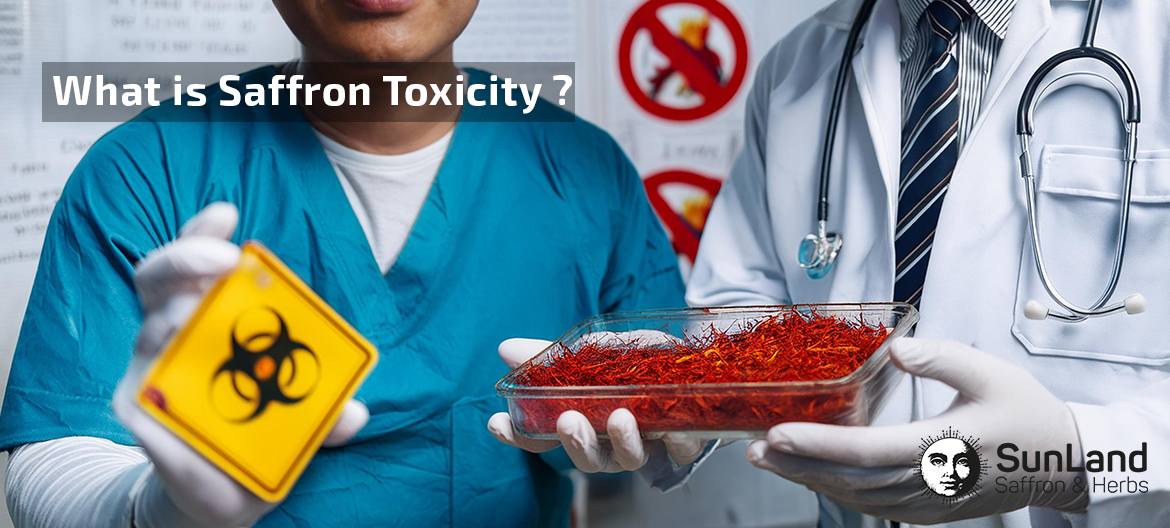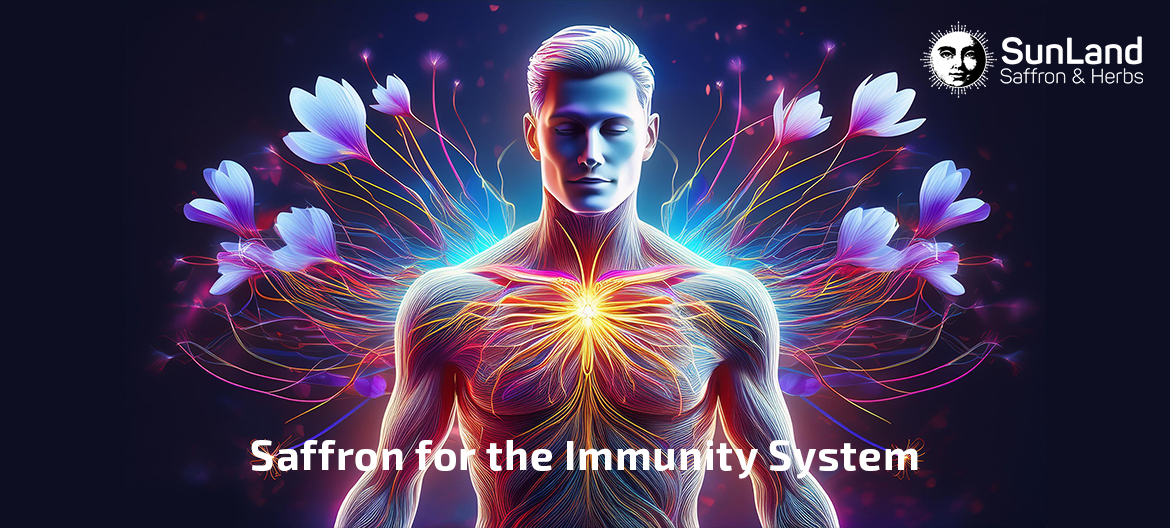30/11/2021
Get to Know Saffron Morphology
Saffron, a resulting flower from Crocus Sativus or Iridaceae family, is a fairly small plant with a maximum height of 10-30 centimeters. Saffron has gained the title of Red Gold flower for its taste and fragrance, all around the world. Mostly known as “Zafaran” in Arabic and Persian speaking countries, it is widely used around the world. As in the rest, we are going to explore saffron morphology in detail.
In addition to this, we discussed when is the best time to cultivate saffron at the end of this topic.
The saffron flower consists of six purple-violet petals with three stamens and one pistil, which are associated with its red-to-orange-like stigma. Saffron plant consists of petal, stigma, style, corm, and sheath, ovary, stamen, bract and bracteole, and saffron leaves from the morphological aspect.
Parent corm with corm body is the main properties of the saffron plant, as they are planted 15-20 centimeters deep underground, in order to grow the saffron plant. Corms are coupled to the mother corm from its basal plate. Healthy saffron corms come in brownish, white color. Adventitious roots are resulting from the corm and are the main foundation of cytokinins. Cytokinins induce the fast growth of auxiliary buds in saffron corms.
Sheath:The defensive part of the saffron, which turns the white-colored corm to more yellowish and subsequently to a more blackish look, in order to afford more physical protection to the corm.
The ovary is the female reproductive part of the plant which collects pollen. Pollen is habitually moved from stigma and ends up in the ovary. It is worth noting that the stigma, style, and ovary, all together, comprise saffron pistil.
Style: Saffron style is known as the base for three stigmas. That is, the style is the whitish strand connecting three stigmas, comprising one saffron thread. Styles may vary in length, fabricating different style qualities.
Saffron styles can be detached from saffron stigma, at the beginning of harvest season. Commercially speaking, the presence/absence of saffron style can produce different saffron types and quality. Saffron styles, itself, have some edible and cuisine application, which
To learn more about different saffron types, please refer to “What are saffron Types?” blog post.
Stamen: The three male-yellowish organs of the saffron plant, which is a place in the center of the flower with three stigmas next to it. Yellow saffron is resultant from saffron stamen and has the same saffron scent. Stamens are being widely used in the pharmaceutical industry. Stamen has little use in cooking.
Stigmas are the main red part of the saffron plant as distal ends of the plant’s carpels. Once dried up, it has countless uses in cooking. Normally, each saffron flower has three stigmas which will be dried and used in appropriate containers. saffron stigma and style, collectively, comprise a thread.
Petals of saffron, also called tepals, were formerly known as saffron waste. Saffron petals are normally 1 to 4 centimeters. The size of petals and thickness is reliant on different factors. Saffron purple petals are located at the top of the saffron flower and it covers the style, stigmas and stamen. Normally, each saffron flower has six or more petals.
Now, many studies confirm that petals are the main source of polyphenols and antioxidant properties. Petals have enormous applications in the pharmaceuticals, food, and cosmetic industries. The recent findings show that saffron petal properties are no less than stigmas and can also be commercially used. Lately, different companies have placed orders for saffron petals, as there have been many applications found.
As recently, saffron petals have gained much attention from different industries, we encourage you to read more about petals in “Saffron Petals industrial applications“
Buy dried saffron flower petals from SunLand
Bract and Bracteole: Bracteole which sprouts from flower stem, is white membranous which has long-tapering tips. Bracteoles are shorter and narrower than bracts.
Three to twenty saffron leaves appear from the spathe, which can reach up to 10 to 60 centimeters, as the plant grows. Saffron leaves grow before flowering and their thickness highly depends on saffron species. Saffron green leaves are lighter in the nether, however; the color contrast may vary among different species, while they all share a white line in middle.
When to plant crocus?
This is a very tricky question to answer because of the climate variation in different regions. Depending on the climate condition in your region, it is recommended to start planting saffron 6 to 8 weeks before the first hard frost time.
When is the best time to cultivate saffron?
the best time to plant saffron is between May and August depending on the climate zone. In Khorasan, Iran the best time to cultivate saffron is from late May to early October. This time may be different in other countries such as Spain or India.
Final Words
Saffron crocus is mainly an autumn-flowering plant and is cultivated in Iran. Saffron morphology has been widely investigated by farmers and scientists to provide useful information on improving the cultivation of saffron. Saffron morphology findings have assisted farmers to advance the cultivation process and gain better products. Therefore, it is important for every farmer, trader, or any business involved in the saffron industry to learn about the essence of saffron morphology.










What’s up mates, how is the whole thing, and what you wish for to say concerning this piece of writing, in my view
its really amazing for me.
Thanks Hope it works well for you